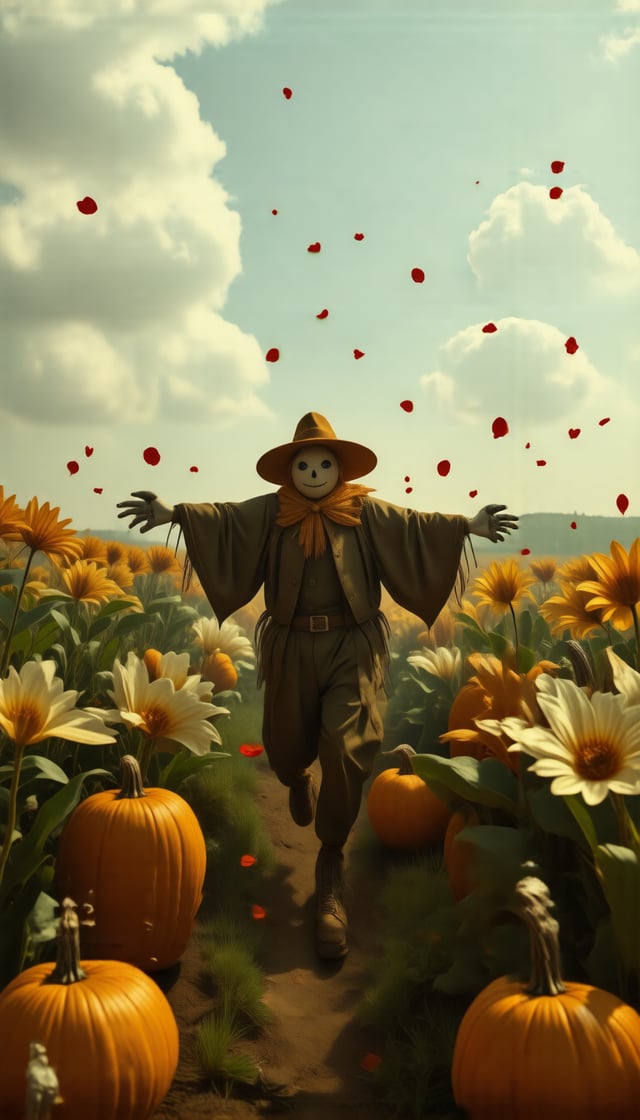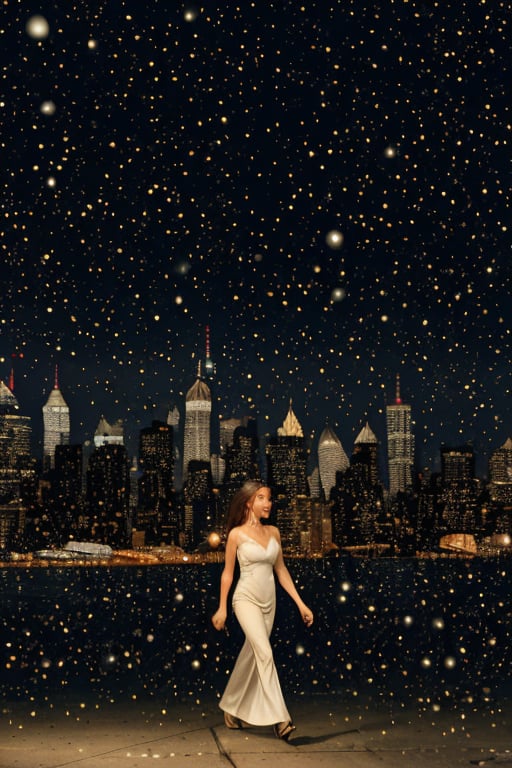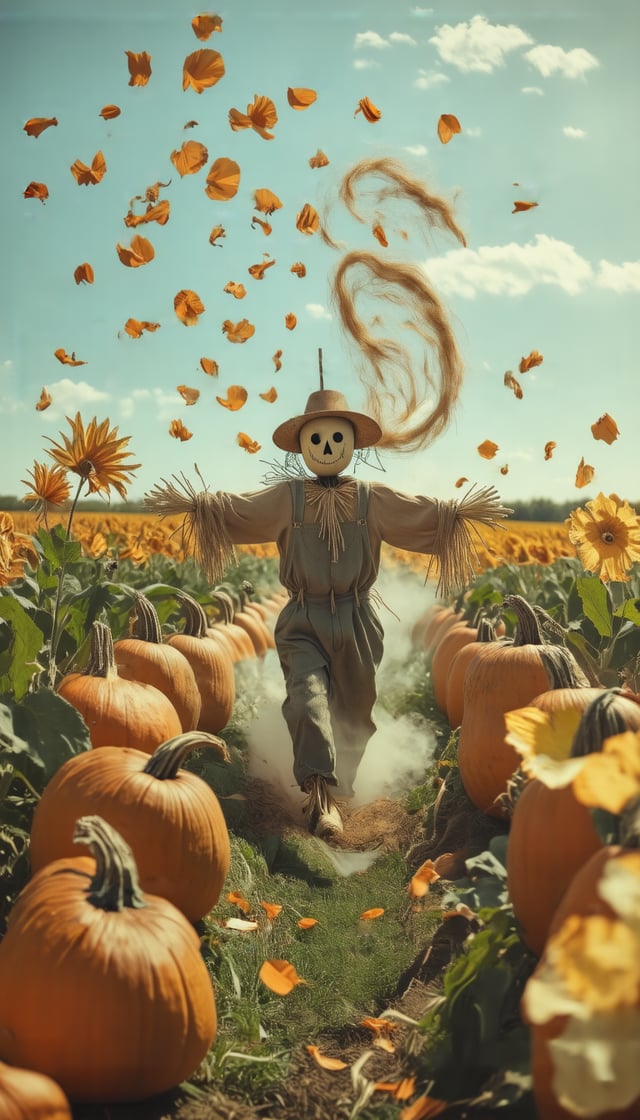How to make the most of LoRAs during Halloween2024
This is an article aimed at everyone who would like to get the most of what LoRAs have to offer. They can be very strong and can play a big role in how your image turns out, so it pays off to choose them carefully. Not only because they can actually make your picture worse, but also because you have a limited number of LoRAs you can use at the same time and so you don't want to waste those slots.As far as I'm concerned you can divide LoRAs intro three main groups - good, bad and unnecessary. Good ones help you make better images, bad ones hurt them, while the unnecessary ones don't hurt the picture, but you can achieve the same effect without them so they just waste a LoRA slot. The bad ones tend to be easy to spot because they hurt the generated image either by lowering the general quality, introducing artifacts or simply not delivering what they promise. To correctly identify the good and unnecessary ones however you need to conduct a controlled test, or you could mistakenly attribute the effects of the model, prompt, a different concurrently used LoRA, or even just a different seed to the LoRA in question and not realize what is your LoRA's actual contribution.So how do you properly test a LoRA? The same way you test anything, which is to isolate it. In our case this means running two generations where you only change a single thing. You fix the seed (don't leave it random!), you don't change the prompt, sampler, steps, cfg scale, or indeed anything at all and run the exact same generation twice, once with and once without the LoRA. Now you have two pictures to compare and you can be sure that the difference between them was actually caused by the tested LoRA, which lets you confidently determine if the LoRA worth using or not.Some LoRAs use a trigger that you add to the prompt and since this obviously changes the prompt and thus changes a second variable, this case needs a bit more attention. Lets say we're testing a LoRA about Halloween and its trigger word is also "Halloween". Your chosen model/checkpoint very likely already understands this famous holiday and so adding this word to the prompt will bring a Halloween note even without using the LoRA. This means you either test the LoRA without using the trigger, but since this usually lowers its effect, you can also test by adding the trigger to your prompt even in your run without the LoRA to ensure that the prompt remains unchanged. We want to see the real effect of the LoRA, not the effect of having "Halloween" in the prompt.If you start testing LoRAs this way, I think you might be surprised by how many of them don't add much value to your pictures and that some even make them worse. You can check my posts where I have been documenting my tests of skin LoRAs, always posting the "original" generation alongside the one with a LoRA active so you can easily compare. There you can even see how one of the most run Flux LoRAs appears to not work at all and doesn't change a single pixel. Wouldn't you rather run LoRAs that improve your pictures? I'm sure you would, but to do that you have to know what the LoRA actually does.



































